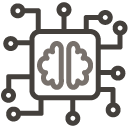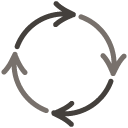
In today's fast-paced world, multitasking has become the norm. We're often led to believe that doing multiple things at once is the key to productivity. However, the truth is quite the opposite. Single-tasking, the practice of focusing on one task at a time, is not only more effective but also essential for producing high-quality work. While minimizing distractions from technology and external interruptions is crucial, the real challenge lies in quieting the endless chatter within our own minds.
Even when we create the perfect environment for concentration, internal distractions can be just as disruptive as external ones. Our minds are adept at wandering, especially when we're trying to focus on a task that requires significant mental effort. This is why it's essential to have a clear understanding of the task at hand. Writing down your current focus can serve as a visual reminder, helping you return to the task more quickly after a distraction occurs.
The benefits of single-tasking extend beyond just completing tasks more efficiently. When we dedicate our full attention to one activity, we're more likely to enter a state of flow, where our work becomes not just more productive but also more enjoyable. This focused state of mind reduces stress and increases satisfaction, leading to a virtuous cycle of positive work experiences and outcomes.
Embracing single-tasking requires practice and patience. Start by identifying the most important task you need to accomplish and commit to focusing solely on it for a set period. Gradually increase the time you spend single-tasking each day. Remember, it's natural to get distracted; the key is how quickly you can bring your focus back. By prioritizing single-tasking over multitasking, you'll discover a more fulfilling, less stressful, and ultimately more productive way of working.






































